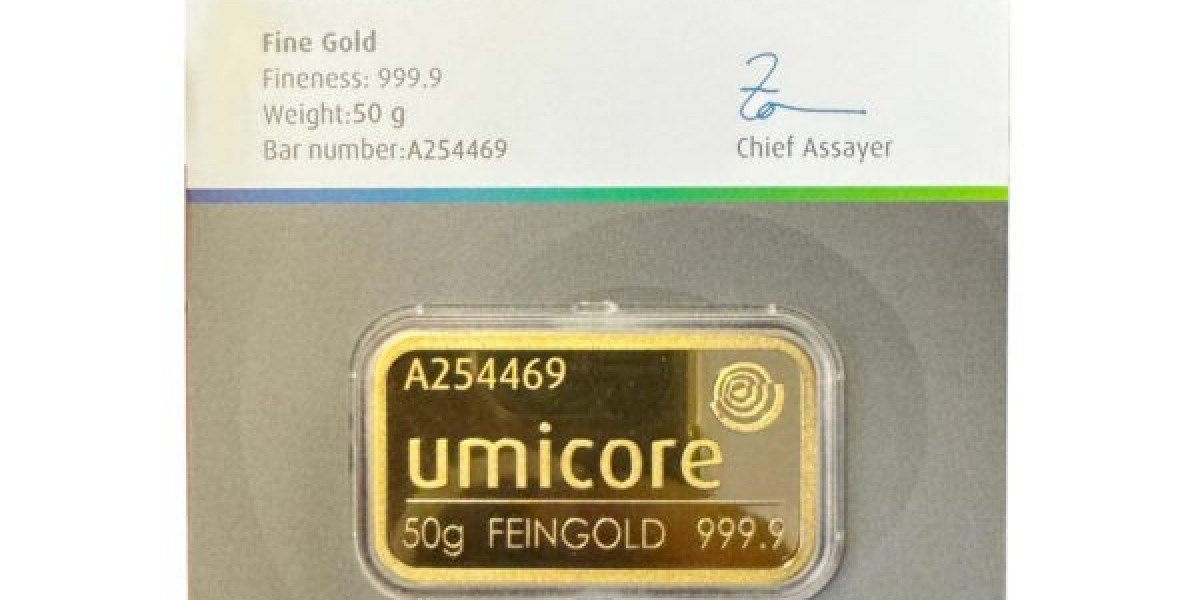The Clicking Revolution: A Deep Dive into the Booming Mechanical Keyboard Market
The world of computer peripherals has seen a resurgence of a classic: the mechanical keyboard market. Once a niche product favored by a select few, these highly tactile and durable input devices have exploded in popularity, driven by the booming gaming industry, the rise of remote work, and a growing appreciation for a superior typing experience. The mechanical keyboard market, valued at approximately USD 2.05 billion in 2024, is projected to reach an impressive USD 6.2 billion by 2032, demonstrating a robust Compound Annual Growth Rate (CAGR) of around 10.90% during the forecast period.
What Fuels the Growth?
Several key factors are driving this significant market expansion:
The Gaming Phenomenon: At the forefront of the mechanical keyboard surge is the insatiable demand from the gaming community. Professional gamers and enthusiasts alike prioritize the fast response times, tactile feedback, and durability offered by mechanical switches. The ability to register multiple simultaneous keypresses without ghosting (n-key rollover) and the satisfying "click" or "thock" sound provide a competitive edge and an immersive gaming experience. The continued growth of esports and online gaming platforms further fuels this demand.
Superior Typing Experience: Beyond gaming, mechanical keyboards offer a distinct advantage for anyone who spends significant time typing. Programmers, writers, and office professionals are increasingly opting for mechanical keyboards due to their precise actuation, reduced fatigue during long typing sessions, and overall more satisfying feel compared to conventional membrane keyboards. The ability to customize switch types to suit individual preferences (linear for smooth presses, tactile for a bump, clicky for an audible click) adds to their appeal.
Customization and Personalization: The mechanical keyboard market thrives on customization. Users can easily swap out keycaps to alter aesthetics, change switches to modify typing feel, and even build keyboards from scratch. This level of personalization resonates strongly with consumers who want to express their individuality and optimize their workspace.
Durability and Longevity: Mechanical switches are renowned for their impressive lifespan, often rated for 50 million or more keystrokes, significantly outlasting membrane keyboards. This inherent durability translates to a longer product life and a better return on investment for users.
Work-from-Home and Hybrid Models: The widespread adoption of remote and hybrid work models has led to increased investment in home office setups. Professionals are recognizing the value of ergonomic and high-quality peripherals, and mechanical keyboards fit this bill perfectly, enhancing productivity and comfort during extended work hours.
Technological Advancements: Continuous innovation in switch technology, the integration of advanced features like RGB lighting, wireless connectivity, and hot-swappable switch sockets, further enhance the appeal and functionality of mechanical keyboards. Wireless mechanical keyboards, in particular, are experiencing rapid growth due to their convenience and reduced cable clutter.
Market Segmentation and Key Trends:
The mechanical keyboard market can be segmented in various ways:
Product Type (Switch Type):
Linear Switches: Dominating the market, these switches offer a smooth, consistent keystroke without a tactile bump or audible click. Popular among gamers for quick, uninterrupted presses.
Tactile Switches: Provide a discernible bump during actuation, giving feedback without an audible click. Favored by typists for improved accuracy.
Clicky Switches: Offer both a tactile bump and an audible "click" sound, providing clear feedback.
Connectivity:
Wired Mechanical Keyboards: Still preferred by many professional gamers due to zero latency and reliable performance.
Wireless Mechanical Keyboards: The fastest-growing segment, offering flexibility and portability, driven by advancements in wireless technology and reduced latency.
Application:
Professional Gamers: The largest application segment, demanding high-performance and customizable keyboards.
Commercial & Residential: Increasing adoption in office environments, content creation, and general home use.
Regional Dynamics:
North America: Holds a significant market share, driven by a large gaming population, high disposable income, and early adoption of advanced technologies. The U.S. remains a key market.
Asia-Pacific: Expected to be the fastest-growing region, propelled by robust economic growth, rapid digitalization, and a booming gaming and esports industry, particularly in China, South Korea, and India.
Europe: A strong market with rising government investments in digitalization and a growing awareness of ergonomic benefits.
Key Players in the Arena:
The mechanical keyboard market is characterized by a mix of established peripheral giants and specialized keyboard manufacturers. Some of the prominent players include:
Logitech International S.A.
Razer Inc.
Corsair Gaming, Inc.
SteelSeries ApS
Cherry (ZF Friedrichshafen AG)
DuckyChannel International Co., Ltd.
Shenzhen Rapoo Technology Co., Ltd.
Keychron
Akko
Glorious PC Gaming Race
HyperX (HP Inc.)
These companies are constantly innovating, introducing new switch technologies, form factors (like TKL, 60%, 75%), and features to cater to diverse consumer preferences.
The Future Outlook:
The mechanical keyboard market is poised for continued strong growth. Future trends are likely to include:
Further Customization: Increased focus on hot-swappable switches, diverse keycap profiles, and software for advanced key remapping and macro creation.
Ergonomics and Health: Greater emphasis on ergonomic designs to reduce strain during prolonged use, catering to the growing work-from-home population.
Sustainability: A potential shift towards more eco-friendly materials and manufacturing processes.
Integration of Advanced Features: Continued integration of smart features, advanced lighting effects, and seamless multi-device connectivity.
Accessibility: Development of mechanical keyboards with features that cater to users with disabilities.
While challenges such as the higher price point compared to membrane keyboards and the availability of substitutes exist, the enduring appeal of the mechanical keyboard's tactile feedback, durability, and customization potential ensures its continued reign as a premium and highly sought-after peripheral in the evolving digital landscape.
Related Reports:
France Fingerprint Scanner Market
Germany Fingerprint Scanner Market
India Fingerprint Scanner Market


